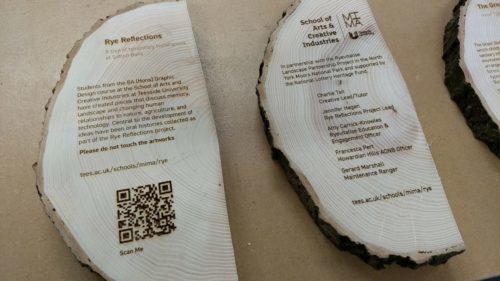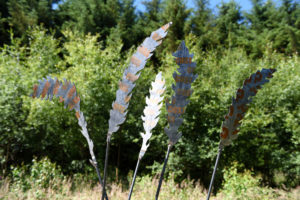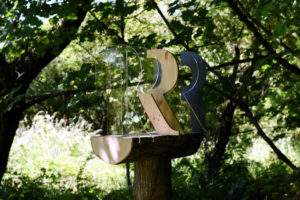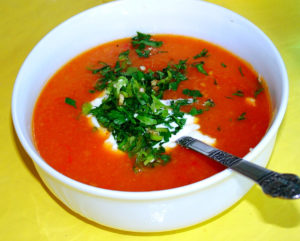Jim Entwistle, former journalist and head of comms and now a Senior Lecturer in Digital Journalism at Teesside University, reflects on the important role of journalism in society
To the side of my new home is a mouldering garage containing all kinds of odds and ends left by the previous owners – rusted tools, yellowed sheets of newspaper, jam jars filled with obsolete metal fittings. We’re renovating the place and it feels at times as if these remnants are breeding. We’re four skips in and counting.
I was in the garage last weekend, desperately looking for something with which to write a note to the plumber. Among the cluttered shelves sat a yellow pencil with black writing on the side. I plucked it from the dust, wrote the message on the back of an old till receipt, and then went on to the next job.

Later, at lunchtime, I pulled the pencil from my pocket and looked more closely at its inscription – WILL HIRSTWOOD – EASTBOURNE JOINERY WORKS AND GARAGE – DARLINGTON 2498 – knife-sharpened at one end and teeth marks at the other. Idly wondering about Will, and if he might like his pencil back, I ran his name through Google, and found a good match in an article by Chris Lloyd of the Northern Echo: The ‘despicable, revolting and repugnant’ coffin lid scandal of Darlington
The story details how a William Hirstwood, a joiner from Eastbourne in Darlington, caused national outrage when he was discovered to be running a macabre scam. Will and his accomplice worked at the town’s crematorium in the 1940s. During a service they would wait until the coffin had passed behind the curtain, out of sight of the mourners, before removing the lid. They would then load the rest of the coffin – and its contents – into the oven before leaving in the hearse, ‘loot’ in the back.
When detectives visited Will’s depot, they found some 30 coffin lids stacked up, presumably ready for reuse and resale. Will was sent to jail for 18 months for his part, although there was some debate in court about the severity of the crime, if indeed it was one.

Chris’ feature, and of course the original court report it was drawn from, perfectly illustrate how much journalism contribute to our society. It is about open justice and holding power to account. But there’s more to it than that. It’s also about the scandal and the salacious and the threads that connect us with each other and that connect the past with the present.
Journalists play a key role in documenting our social history. As people and events come and go, and everyday life rushes by in a blaze of micro-drama, we rarely get chance to stand still and truly absorb the moments that make life interesting. But in the middle of all this flux, journalists through their daily work give permanence to the otherwise transient.

In March, I joined the team working with the next generation of reporters on Teesside University’s Journalism course. Clearly, times have changed since the 1940s, when the Northern Echo reported on Will’s appearance at Darlington Magistrates’ Court. On top of the fundamentals, our students produce news websites, make video and write for social media. The channels may have changed somewhat, but in essence, the job is much the same. It’s about rooting out those stories and presenting them to the public as a matter of record, however despicable, revolting or repugnant they may be.
I’m very much looking forward to working with the next intake of Journalism students in September and would welcome queries from anyone thinking about a career in the trade, which is every bit as important now as it was in the days of the Coffin Lid Scandal of Darlington.
Read all about our Journalism students
Journalism experience leads Holly to her passion
Journalism graduates went from course to career at Teesside University
Teeside University’s partnership with news publisher, Reach









